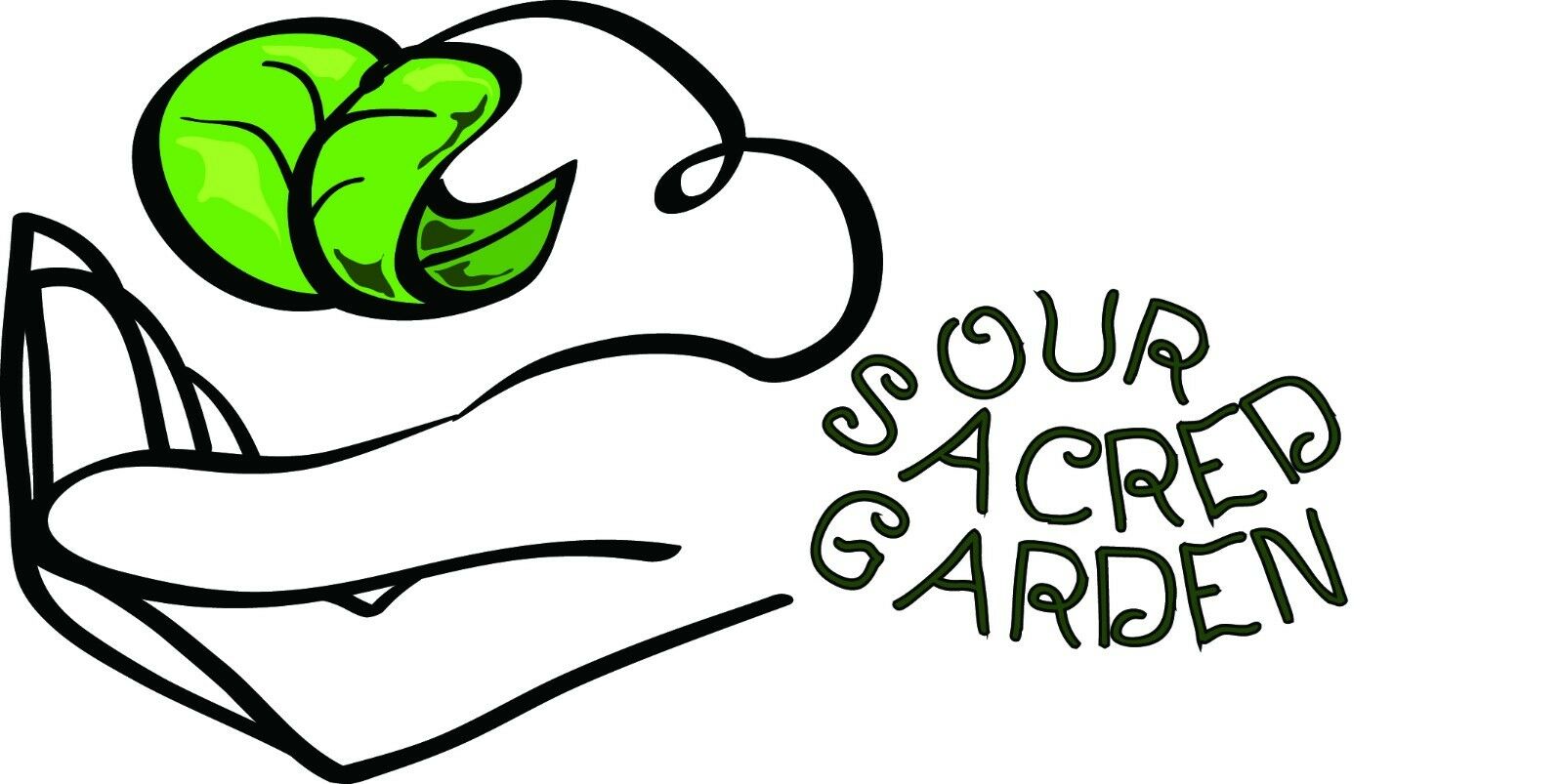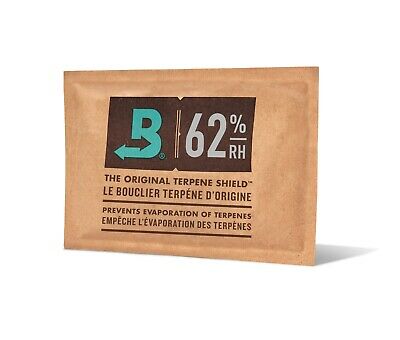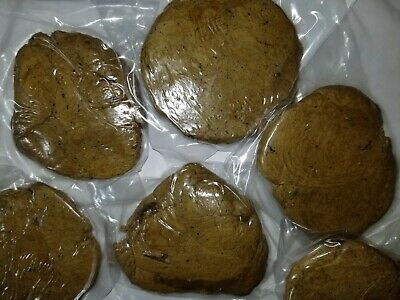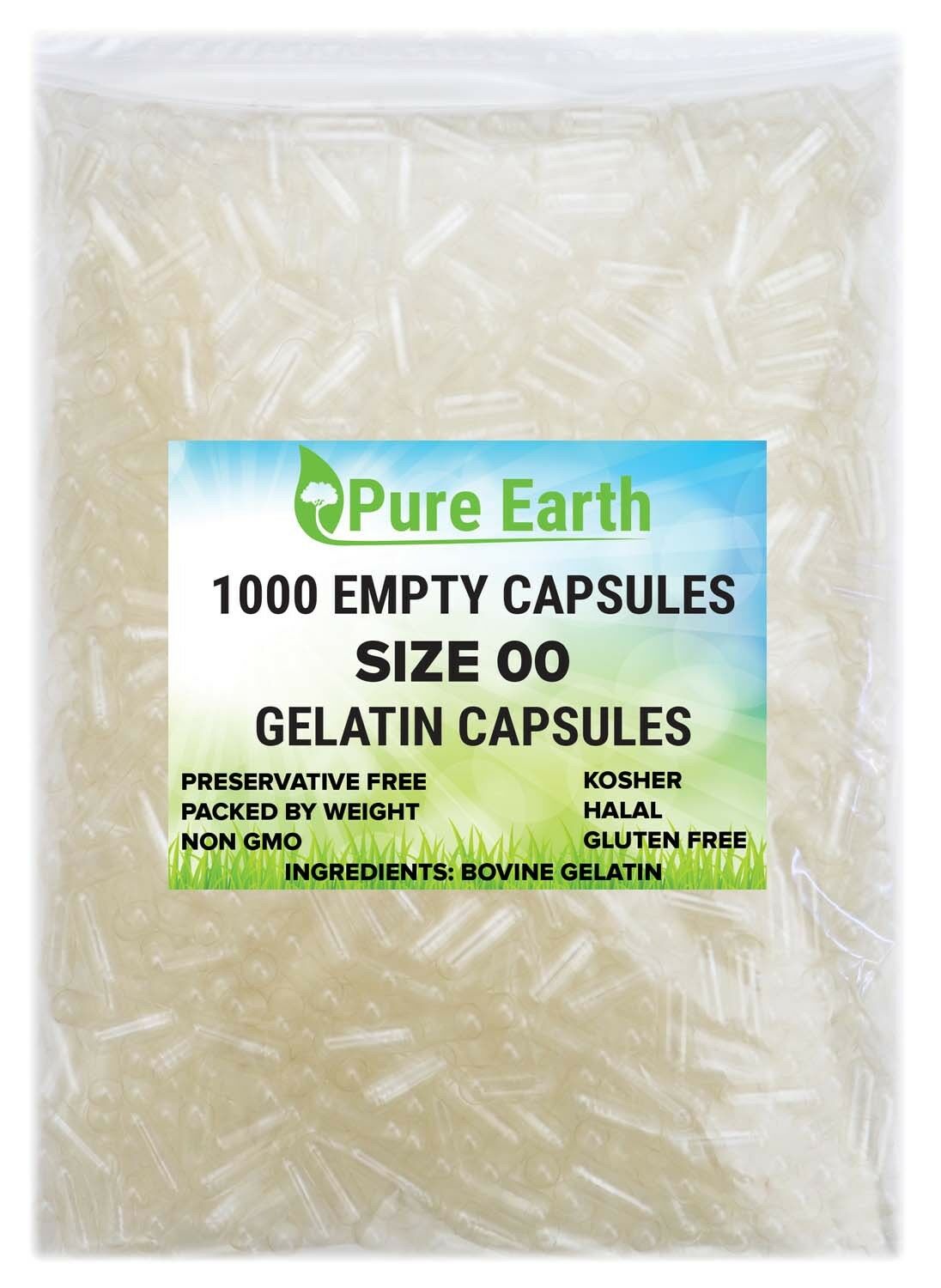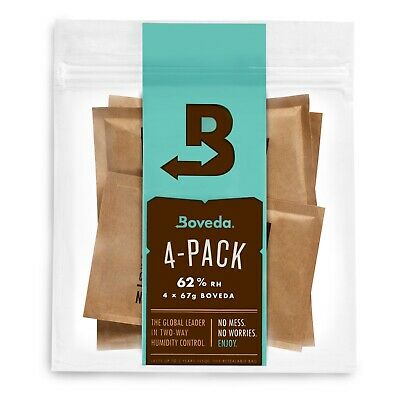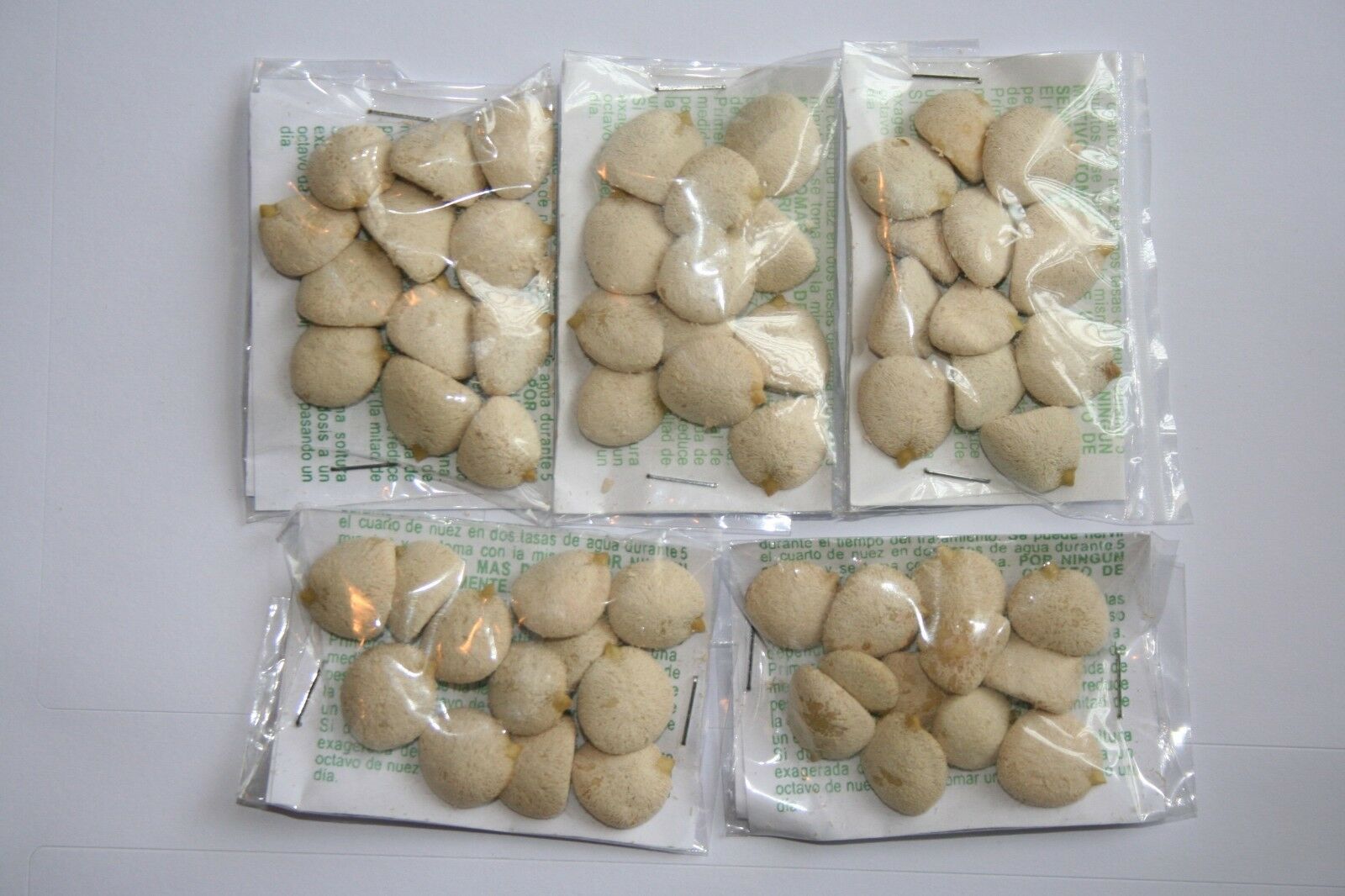-40%
1 oz. Arnica Flowers Whole (Heterotheca inuloides) Wildharvested Mexico
€ 1.13
- Description
- Size Guide
Description
COMMON NAMEStandardized: arnica
Other: European arnica, leopard's bane, mountain tobacco
OVERVIEW
INTRODUCTION
Arnica is a graceful woodland plant in the same family as the sunflower, native to Central Europe and the western United States. Its yellow flowers are collected at summer's end and dried for medicinal use. There are many medicinally viable species of arnica flowers found around the globe, some of which are found in North American mountain ranges and woodlands.
The most commercially available species is Arnica montana, This species of arnica is native to Europe, with a natural range stretching from the southern Iberian Peninsula to Scandinavia. The plant has large flower heads with brilliant yellow coloration. Flowers begin to appear during mid-summer and continue blooming well into autumn. For best results, they should be harvested early in the blooming season. The dried flowers are fluffy and fibrous, and can be irritating to the nose if handled improperly.
CONSTITUENTS
According to The Complete German Commission E Monographs, arnica contains sesquiterpene lactones of the helenanolid type, predominantly ester derivatives of helenalin and 11,13-dihydrohelenalin. Additionally, the herb contains flavonoids (e.g., isoquercitrin, luteolin-7-glucoside, and astragalin), volatile oil (with thymol and its derivatives), phenol carbonic acid (chlorogenic acid, cynarin, caffeic acid), and coumarins (umbelliferone, scopoletin).
PARTS USED
Fresh or dried flowers. The root is also used in European herbal preparations.
TYPICAL PREPARATIONS
Used as an infusion (approximately 1 teaspoon dried herb in 1/2 cup water), tincture (approximately 1 part herb to 10 parts alcohol), oil (1 part dried herb in 5 parts plant oil), or
mouth rinse (1 part tincture in 10 parts water), or ointment (1 part arnica oil to 4 or 5 parts base).
Only homeopathic preparations of arnica are recommended for internal use.
SUMMARY
Arnica is traditionally used as an external herbal medicine for bruises. It is in fact approved by the German Commission E for topical use when applied for inflammation, bruises and joint pain. According to esteemed herbalist Michael Moore, the herb does not have an immediate effect but instead takes several hours to work in support of strains and bruises. Arnica flower should not be taken internally.
PRECAUTIONS
Specific:
Not for internal use. Do not use on open wounds or broken skin. Persons with allergies to other members of the
Asteraceae
family should exercise caution.
General:
For educational purposes only This information has not been evaluated by the Food and Drug Administration.
This information is not intended to diagnose, treat, cure, or prevent any disease.
For educational purposes only This information has not been evaluated by the Food and Drug Administration.
This information is not intended to diagnose, treat, cure, or prevent any disease.

